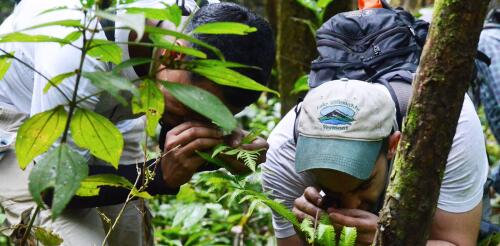Plant science
Cranberries are a staple in U.S. households at Thanksgiving – but how did this bog dweller end up on holiday tables? Compared to many valuable plant species that were domesticated over thousands of years, cultivated cranberry (Vaccinium macrocarpon) is a young agricultural crop, just as the U.S. is a young country and Thanksgiving is a relatively new holiday. But as a plant scientist, I’ve learned much about cranberries’ ancestry from their botany and genomics. New on the plant breeding scene Humans have cultivated sorghum for some 5,500 years, corn for around 8,700 years and cotton for about 5,000 years. In contrast, cranberries were domesticated around 200 years ago – but people were eating the berries before that. Wild cranberries are native to North America. They were an important food source for Native Americans, who used them in puddings, sauces, breads and a high-protein portable food called pemmican – a carnivore’s version of an ene...
When you hear about the abundance of life on Earth, what do you picture? For many people, it’s animals – but awareness of plant diversity is growing rapidly. Our planet has nearly 300,000 species of flowering plants. Among animals, only beetles can compete with that number. There are more species of ferns than birds, more mints than mammals, and more beans than butterflies. Measured in total mass, plants make up 82% of all life on land across the globe. We are plant scientists and co-founders of Let’s Botanize, an educational nonprofit that uses plant life to teach about ecology, evolution and biodiversity. In the past several years we have witnessed a botanical boom, with participation in plant-based hobbies surging. From cultivating houseplants to foraging for wild foods and outdoor gardening, plant appreciation is on the rise. Botanizing is spending time alongside plants in order to observe and appreciate them as living organisms – like birding, but w...

